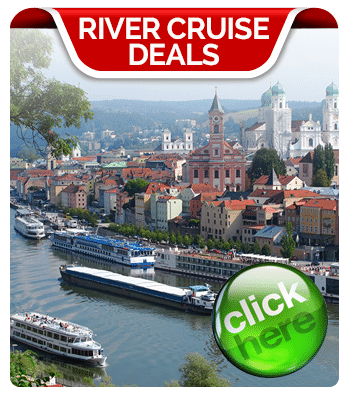404 – Page Not Found
We’re sorry, but the page you were trying to access is either temporarily unavailable or is permanately removed. Please check out our special deals below!
Africa Continent
Botswana Travel
Egypt Travel
Egypt River Cruises
Kenya Travel
Morocco Travel
Namibia Travel
South Africa Travel
Tanzania Travel
Zambia Travel
Antarctica Travel
Asia Travel Packages
Cambodia Travel
Cambodia River Cruises
China Travel
China River Cruises
India Travel
India River Cruises
Indonesia Travel
Japan Travel
Singapore Travel
South Korea Travel
Thailand Tours
Vietnam Travel
Australia and New Zealand
Australia Travel – Australia News
New Zealand Travel
Tasmania Australia
European Vacation 2022
Austria Travel
Austria River Cruises
Belgium Travel
Belgium River Cruises
Croatia Travel
Croatia River Cruises
Czech Republic Travel
Czech Republic River Cruises
Denmark Travel
Finland Travel
France Travel
France River Cruises
Gate 1 Travel
Germany Travel
Globus Tours
Germany River Cruises
Greece Travel
Greece River Cruises
Hungary Travel
Hungary River Cruises
Iceland Travel
Ireland Travel
Italy Tours
Italy River Cruises
Tauck Tours 2022
The Netherlands
Netherlands River Cruises
Norway Travel
Poland Travel
Portugal Travel
Portugal River Cruises
Riviera River Cruises
Russia Travel
Russia River Cruises
Scotland Travel
Spain vs Italy
Sweden Travel
Switzerland Travel
Switzerland River Cruises
Turkey Travel
Uniworld River Cruises
UK Travel
US UK Travel
US to UK Travel
Viking Ocean Cruises
Viking River Cruises
World Cruises
North and Central America
Countries
Alaska Tour Packages
Canada Tours
Costa Rica Travel
Guatemala Tour Packages
Hawaii Travel
Mexico Tours
United States Travel
South America Travel
Argentina Travel
Brazil Travel
Chile Travel
Galapagos Islands
Galapagos River Cruises
Peru Travel






